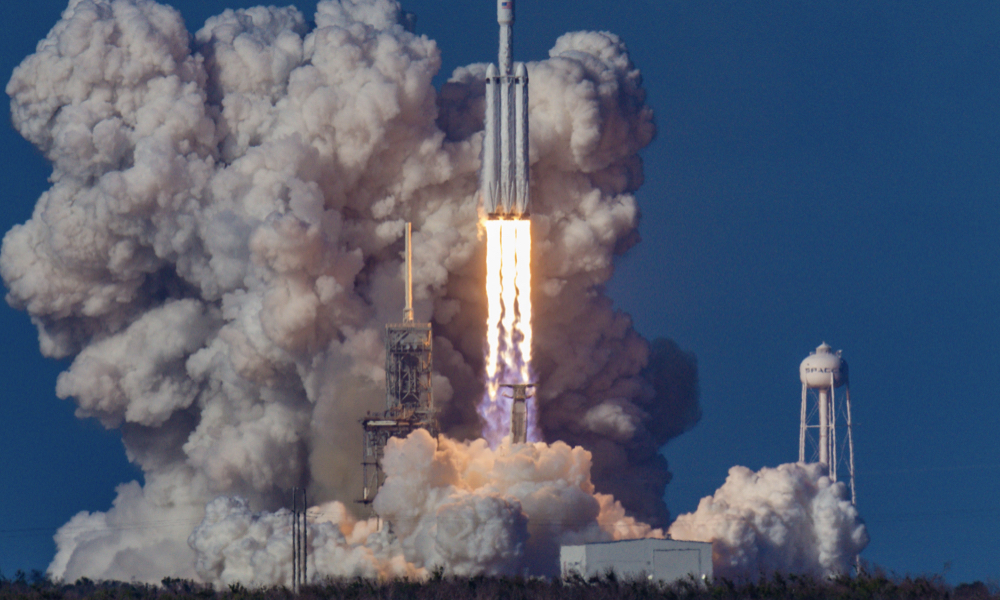
ESA Open Invitation to Tender AO10605
Open Date: 01/03/2021
Closing Date: 12/04/2021 13:00:00
Status: ISSUED
Reference Nr.: 20.127.04
Prog. Ref.: GSTP Element 1 Dev
Budget Ref.: E/0904-611 – GSTP Element 1 Dev
Special Prov.: FR+GB
Tender Type: C
Price Range: 200-500 KEURO
Products: Satellites & Probes / Thermal Control / Thermal Engineering SW / SW for Thermal design, analysis, simulation, etc.
Technology Domains: Thermal / Thermal Analysis Tools / Thermal Software Tools
Establishment: ESTEC
Directorate: Directorate of Tech, Eng. & Quality
Department: Mechanical Department
Division: Thermal Division
Contract Officer: Magne-Lie, Karine
Industrial Policy Measure: N/A – Not apply
Last Update Date: 01/03/2021
Update Reason: Tender issue
The objective of the activity are is as follows.1.To develop technology and methods to enable thedigital representation of spacecraft from the thermal perspective. The purpose is to support the design, development, testing and operation of the spacecraft thermalcontrol system.2.To demonstrate the developed technology and methods using a real world spacecraft demonstration case.3. To prepare a development plan to full industrial integration of the technology and methods, with the goal of embedding these concepts in day-to-day workflows on space projects.Digital Twins are an emerging topic in the space industry. Examples of digital twins in other comparable domains are for health monitoring of vehicles or gas turbines.The proposed activity aims to apply the ideas of digital twins, with a specific focus on spacecraft thermal control systems (TCS). A set of possible use cases isprovided below with expectedbenefits: Testing: A real time digital representation of the article under test. Benefit:support monitoring and understanding of thermal test execution – data display, safety of test article, and near real time thermal model correlation.Improving the captureof the as-tested configuration. Operations: A real time thermal mathematical model of an operating S/Cfed by telemetry and used for planning or what if studies. Benefit: allowsinformed decisions to be made by operators or optimisation of (for example)scienceoperations. Health Monitoring: A health monitoring system for the TCS, possibly as partof a wider S/C level twin. Benefit: Earlydetection or prediction of anomalies,for example on constellations where human monitoring of telemetry islimited. Data Fusion: A repository of all the models and data pertinent to the TCSover the full lifecycle of the S/C. Benefit: more efficient access to dataensuring traceability.Thus, in order to enable the digital twins it is necessary to develop a number oftechnologies; for example, the following topics may need to be addressed in theactivity: Data modelling activities to make a formal link between S/C parameters(e.g. telemetry) and thermal engineering quantities (dissipations, currentenvironment heat fluxes, etc.). Optimised thermal and radiative solvers for faster than real timesimulations, enabling the operations use case above. Co-simulation with other disciplines (e.g. power) or an overall S/C simulator Use of big data to exploit large thermal data sets coming from analysis, test and operations. Modern 3D visualisation and linked data techniques, for example to overlay data from the digital twin onto S/C geometry (e.g. augmented reality).It is important to note that these technologies need to be available to users at the time of generation of the data or models. An approach that relies on assembling adigital twin after the fact is unlikely to gain acceptance, thenecessary links to the digital twin need to be embedded in the industrial processes.
If you wish to access the documents related to the Invitation to Tender, you have to log in to the ESA Portal.
